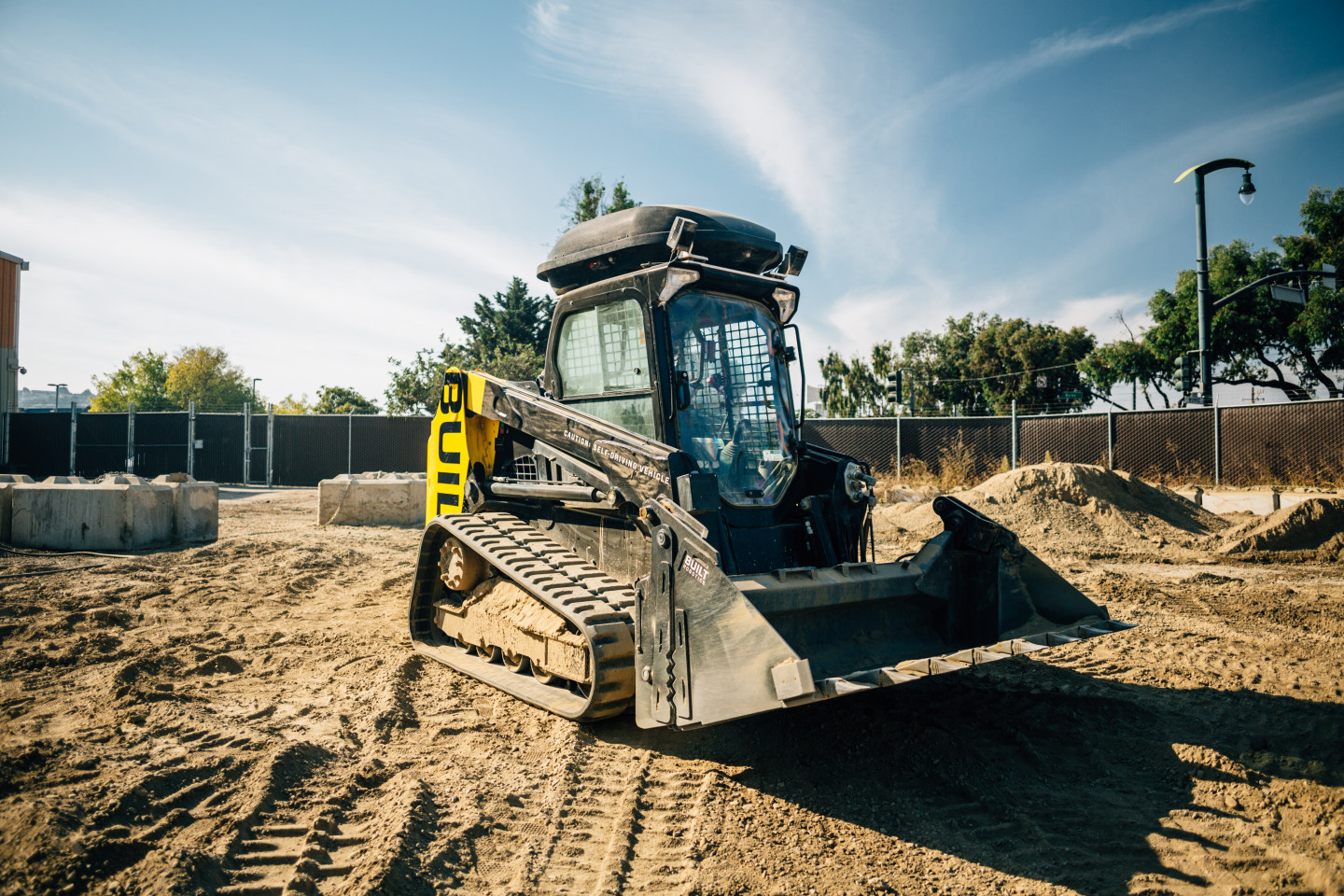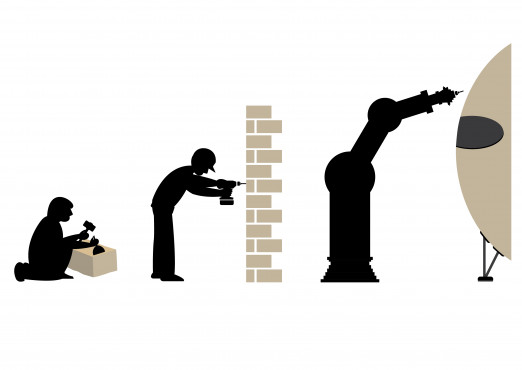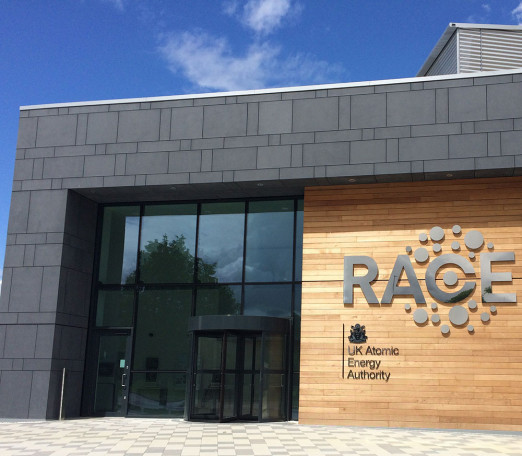The construction industry is associated with a high level of risk. Statistics from HSE reveals that there were 30 fatal injuries to construction workers in 2016/17 in Great Britain, while 64,000 workers suffered non-fatal injuries and 80,000 suffer from work-related ill health. Many of these accidents are due to working with hazardous materials, at great heights, and with heavy or dangerous machinery.

Autonomous machines are already prevalent in controlled environments like laboratories, hospitals, and factory floors; artificial intelligence is growing smarter and automated cars have entered the mainstream, known as the Fourth Industrial Revolution.
As the technology matures and household brands continue to adopt it, autonomous machines look set to grow in popularity, providing assistance and assurance across almost all industries. As an industry that heavily relies on the use of machinery and manual labour, the construction industry looks forward to an automated future.
Automation in construction can provide a range of benefits, including the potential to cut labour time and cost, mitigate risk, ensure consistency, and avoid harm to human health. Here are a few examples of companies and start-ups that are disrupting the automated construction equipment space:
 Image credit: Earthmoving robot Track Loader courtesy of Built Robotics.
Image credit: Earthmoving robot Track Loader courtesy of Built Robotics.
Silicon Valley start-up, Built Robotics is the first to break into the automated construction equipment arena. By repurposing the sensors found in self-driving cars and retrofitting them into proven equipment from the construction job site, they have developed a suite of autonomous software designed for navigating construction sites and for moving earth to ensure safety and consistency. Built Robotic’s automated Track Loader is a small vehicle for digging, loading materials, and excavation which can be controlled via an app.
"Built Robotics is using automation to make construction safer, faster, and cheaper. Our initial focus is the $100B earthmoving industry — things like clearing land, building roads, and digging foundations and trenches. We’re tackling this challenge by retrofitting existing equipment to operate autonomously using lidar, GPS, and other sensors." said Kelly Dillion, Head of People Operations at Built Robotics.
 Image Credit: SAM100 working with Heitkamp Masonry on Debert Day Centre Institute, Rolla, Missouri, April 2016, courtesy of Construction Robotics.
Image Credit: SAM100 working with Heitkamp Masonry on Debert Day Centre Institute, Rolla, Missouri, April 2016, courtesy of Construction Robotics.
The SAM100 is a brick laying robot designed to standardise building construction, bolster productivity, and mitigate the potential for human error by automating the masonry process. Founded in 2016 and based in New York, Construction Robotics have completed a number of successful projects thus far, inclusive of an Aldi supermarket in Pulaski, New York and a high school in Laramie, Wyoming. The company’s newest product, MULE (Material Unit Life Enhancer) is a lift-assist device designed to handle and place materials weighing up to 135lbs. Clients can order bespoke parts for MULE suited to their particular project or site.

Construction products company Caterpillar has developed an automated tool called the Cat Command, which is currently being used in conjunction with an automated dozing machine, Cat MineStar. Performing functions inclusive of drilling, dozing and hauling, the tool provides adaptive automation, from operator assistance, remote control, full or semi-autonomy depending on the site, materials, and needs.
In January 2017, Caterpillar announced that they would be expanding the number of Cat truck models fitted with autonomous capabilities given the success of the technology, which has succeeded in aiding a 20% rise in productivity and zero lost time injuries since its rollout 3.5 years ago.
In 2013, Japanese company Komatsu launched a system of automated control functions for the construction industry. The control functions are designed to increase accuracy and labour times by 30%, products range from intelligent excavators, stroke sensing tilt buckets, intelligent dozers, and automated bulldozer systems.
The proprietary machine monitoring technology Komtrax monitors the location, productivity, and effectiveness of any machine fitted with the Komatsu intelligent Machine Control. Using GPS, the system provides total remote fleet management via an app, eliminating the need for groundwork staff and providing job site flexibility. Komatsu’s drones create a 3D map of the construction site, which guides the bulldozers to the correct areas without the need for human intervention.
Focusing on bolstering productivity in the construction industry, Silicon Valley startup, Doxel uses autonomous robots to capture images and laser scans of a project. The technology feeds this data to its proprietary deep learning algorithms, which inspects the quality of work, detects errors, offers suggestions and calculates earned value for thousands of line items to determine exactly how much a day’s work costs. Doxel’s algorithm provides real-time progress reports, measured production rates and can accurately forecast a project’s completion, enabling teams to react quicker than traditional methods allow.


